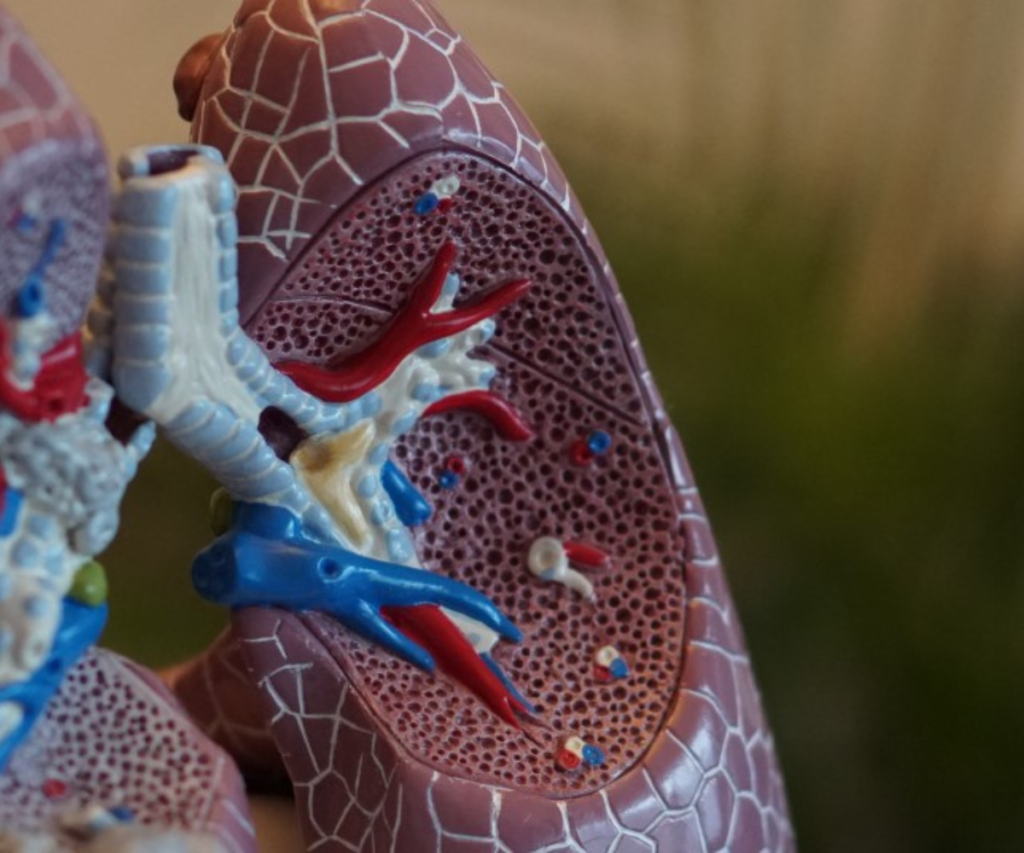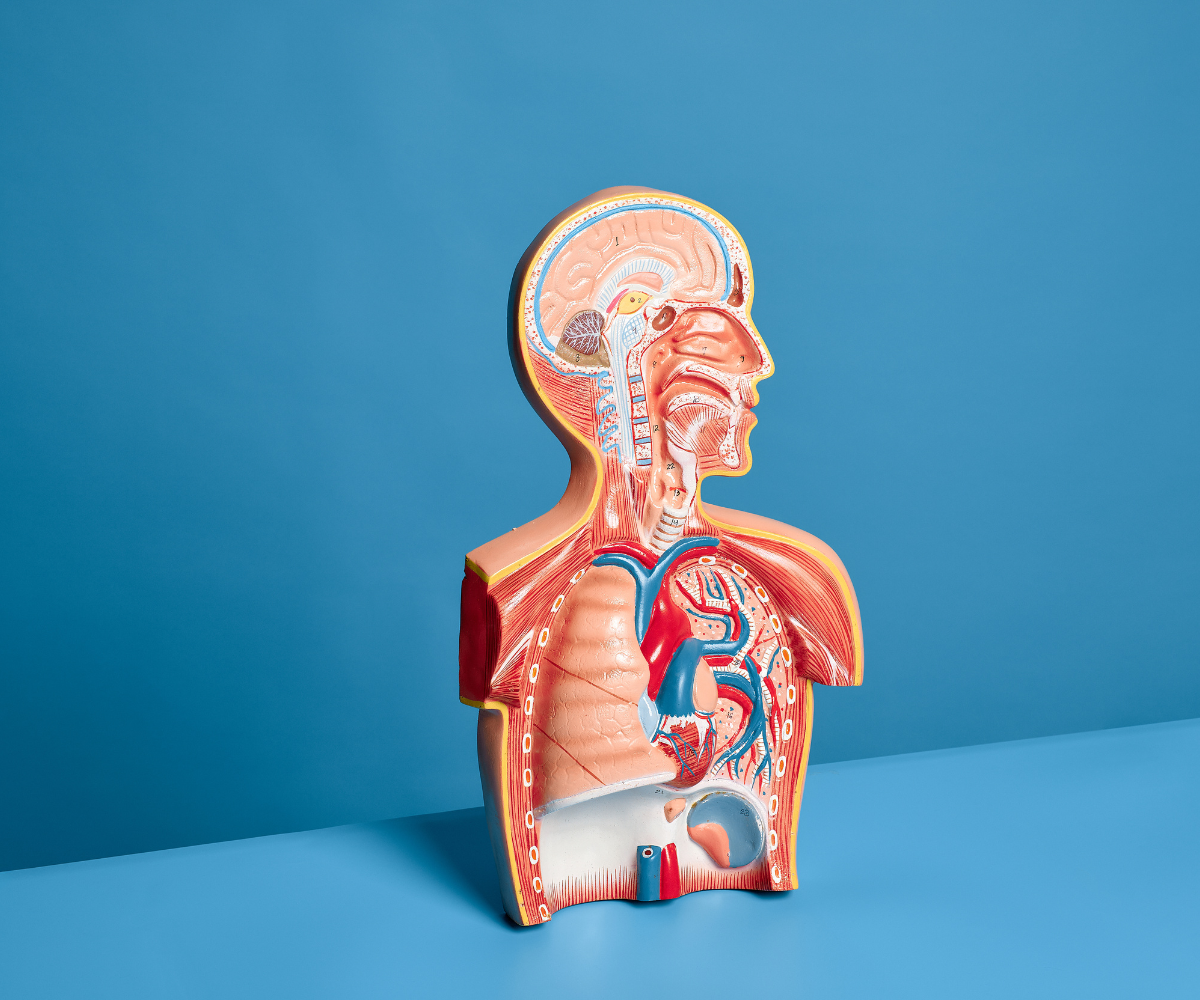Introduction: The Hidden Dangers of Vaping
Vaping has become a popular trend among young adults and teenagers over the last decade. Marketed as a safer alternative to smoking, e-cigarettes and vaping products have found a foothold in many communities. However, the rise of vaping has also led to serious health concerns, most notably a condition known as EVALI — e-cigarette or vaping product use-associated lung injury.

First identified in 2019, EVALI cases shocked the medical community due to their sudden onset, severe symptoms, and sometimes fatal outcomes. Young patients often presented with coughing, fever, shortness of breath, vomiting, and diarrhea, and some required hospitalization in intensive care units.
While initial cases were linked to substances like THC-containing products and additives such as vitamin E acetate, the outbreak underscored a broader truth: vaping carries serious health risks that are not yet fully understood.
Understanding EVALI: What Happens to the Lungs
EVALI is a form of acute lung injury that occurs due to inhalation of harmful chemicals found in some vaping products. Symptoms can appear suddenly and range from mild respiratory discomfort to severe breathing difficulties requiring mechanical ventilation.
- Common Symptoms:
- Persistent cough
- Shortness of breath
- Chest pain
- Fever and chills
- Gastrointestinal symptoms like nausea, vomiting, or diarrhea
- Severe Outcomes:
- Respiratory failure
- Intensive care hospitalization
- In rare cases, death
Medical experts warn that EVALI could represent just the tip of the iceberg, suggesting that chronic, long-term tissue damage may develop later in both smokers and vapers.
What Causes Vaping-Related Lung Injuries?

Unlike traditional cigarettes, vaping products come in a variety of forms and chemical compositions, making it challenging for researchers to determine exact health risks. Some key factors include:https://www.youtube.com/watch?v=YYnhq0vJTRI
- Additives in Vape Fluids:
- Vitamin E acetate, used as a thickening agent, was strongly linked to EVALI cases.
- Other harmful compounds may include heavy metals, volatile organic compounds, and flavoring chemicals.
- THC and Other Substances:
- Products containing THC, often obtained from informal or unregulated sources, were commonly associated with severe lung injuries.
- Unknown Long-Term Effects:
- The full impact of inhaling chemicals in e-cigarettes may not manifest for years, potentially leading to chronic respiratory or cardiovascular diseases.
Vaping Trends Among Teens and Young Adults
Despite known health risks, vaping has surged among teenagers and young adults. Current statistics reveal:
- Approximately 3.6 million U.S. middle and high school students use e-cigarettes.
- Around 8.1 million U.S. adults vape regularly.
Many young users underestimate the dangers, focusing on immediate social or recreational benefits rather than long-term consequences.
The Connection Between Vaping and COVID-19
Recent studies suggest that vaping may increase susceptibility to COVID-19 infections. Young adults who use e-cigarettes were found to have five times higher odds of being diagnosed with COVID-19 compared to non-users.
The compromised lung function and inflammation caused by vaping may worsen viral infections, making vaping an added risk factor during pandemics.
Prevention and Early Detection Strategies
Early education and intervention are critical in preventing vaping-related lung injuries. Key strategies include:

- Open Conversations with Adolescents:
- Pediatricians should discuss vaping with patients as young as 12.
- Parents should monitor behaviors and discuss risks without judgment.
- Awareness of Product Sources:
- Avoid e-cigarettes from informal sources or unregulated suppliers.
- Recognizing Symptoms Early:
- Persistent cough, fever, or shortness of breath after vaping should prompt immediate medical attention.
Treatment and Quitting Strategies
For those already using e-cigarettes, the following strategies can reduce risks:
- Cold Turkey: Stopping vaping immediately if possible.
- Gradual Reduction: Slowly decreasing the frequency and quantity of vaping.
- Behavioral Therapy: Counseling and therapy sessions can help manage cravings.
- Medications: FDA-approved smoking cessation medications may be considered under professional guidance.
Long-Term Health Concerns
EVALI may be just an acute manifestation of lung injury, while the long-term consequences of vaping remain uncertain. Experts warn of potential risks including:
- Chronic lung disease
- Cardiovascular damage
- Immune system suppression
- Increased vulnerability to infections
Conclusion: Taking Vaping Seriously
The rise of EVALI and ongoing research on vaping-related health effects emphasize the importance of awareness, prevention, and timely intervention. Young users must recognize that vaping is not harmless. While some risks may appear immediately, others could develop silently over the years, affecting overall health and quality of life.

By educating teens, supporting cessation, and regulating harmful substances, the growing epidemic of vaping-related lung injuries can be mitigated.




